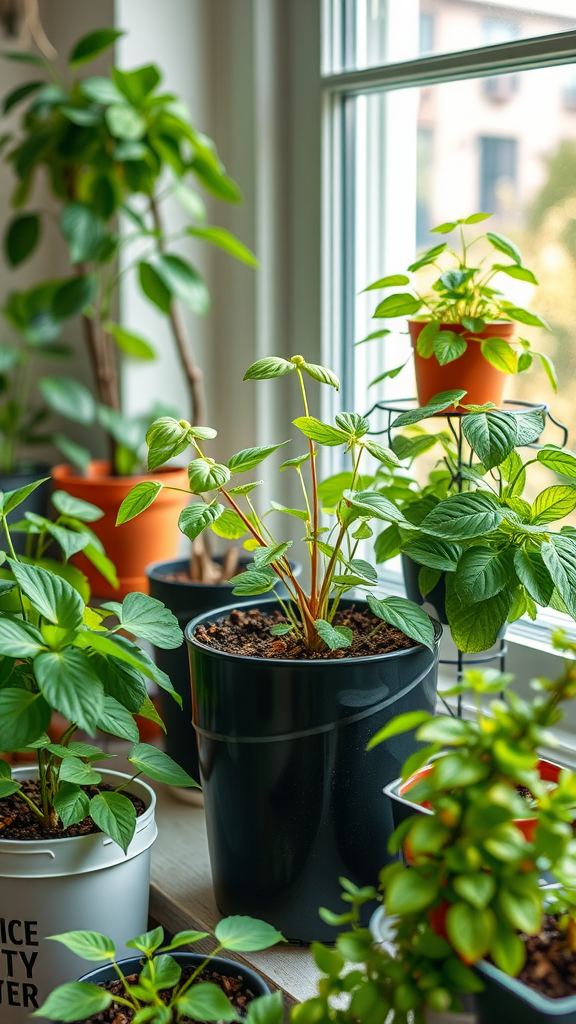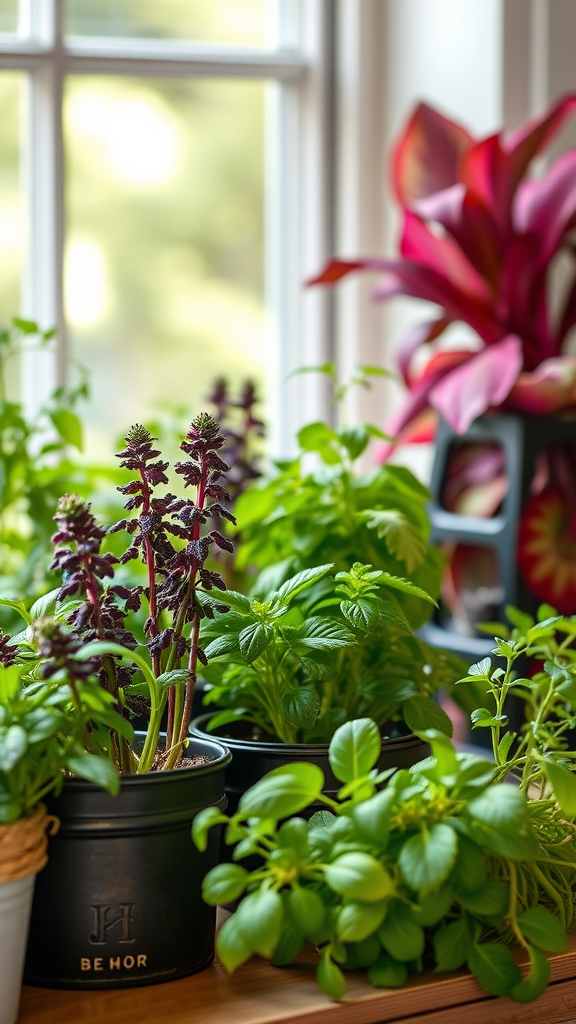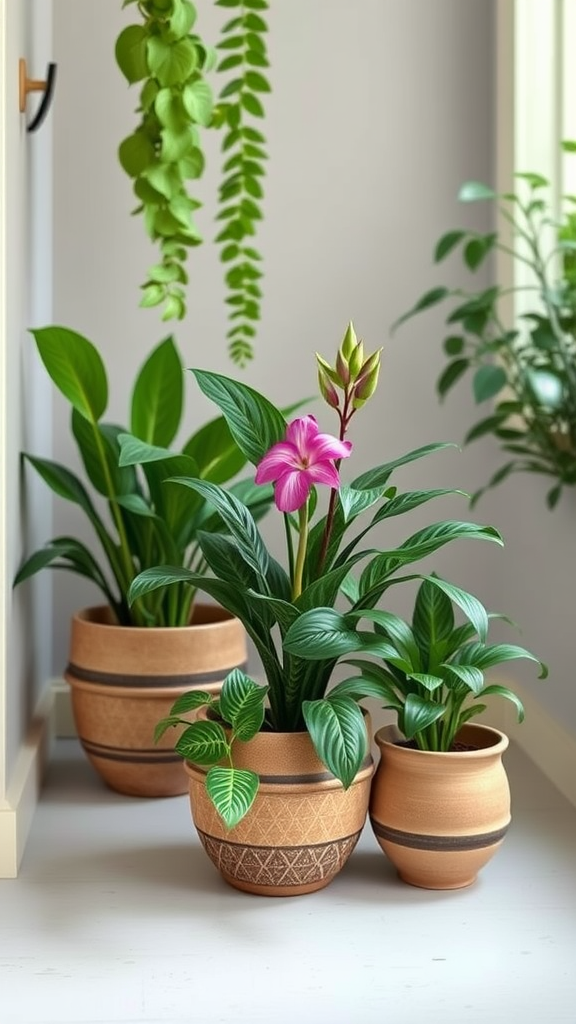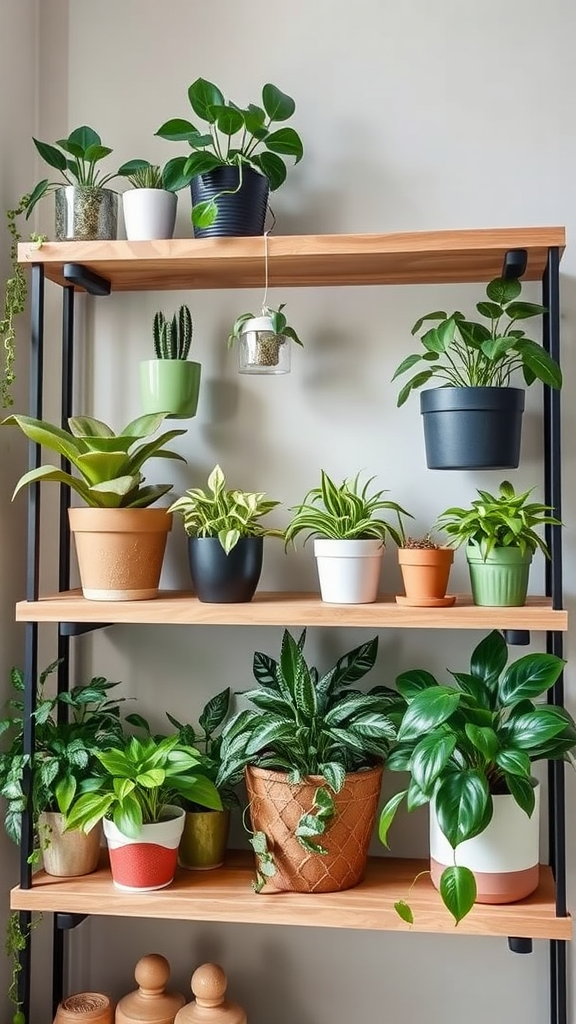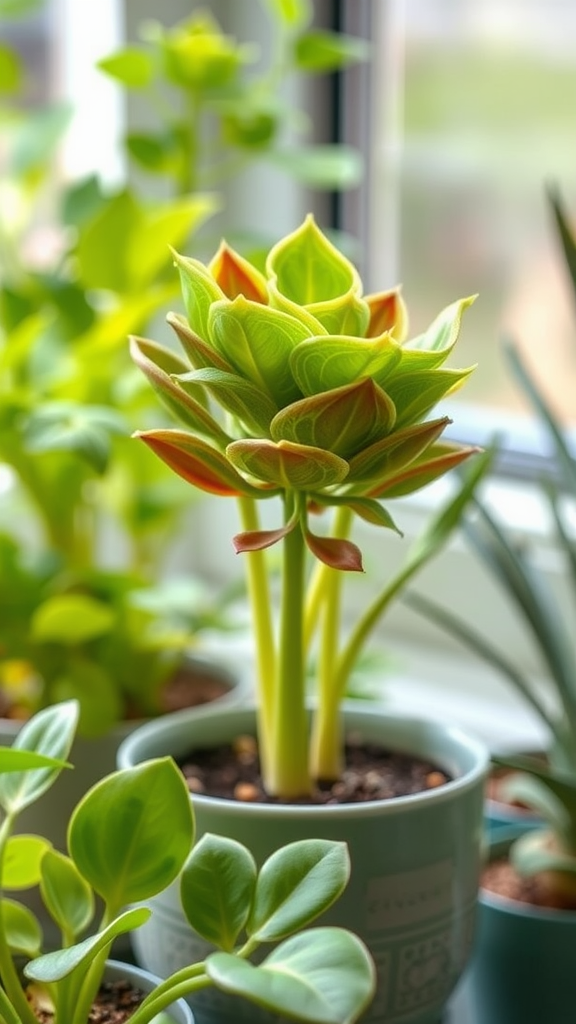Home Gardening Made Easy: Essential Tips for Beginners to Start Your Indoor Garden Today
Creating an indoor garden can be a rewarding and fun experience, even if you’re new to gardening. Home gardening made easy is all about simplifying the process and making it enjoyable. With a little guidance and the right supplies, you can grow plants indoors that bring beauty and fresh air to your living space. Here are some essential tips to help you get started.
Choose the Right Location
Before planting, pick a spot in your home that receives adequate sunlight. Most plants thrive in areas with at least 6 hours of light each day. Here are some locations to consider:
- Windowsills: South-facing windows typically provide the best light.
- Near Light Fixtures: If natural light is scarce, consider using grow lights.
- Shelves or Tables: You can place plants on shelves or tables, but keep them close to the light.
Select Easy-to-Grow Plants
When starting your indoor garden, it’s wise to choose plants that are forgiving and easy to care for. Here are some great options:
- Spider Plant: Low maintenance and great at cleaning the air.
- Snake Plant: Tolerates low light and infrequent watering.
- Pothos: Grows well in various light conditions and looks beautiful.
- Herbs: Basil, mint, and rosemary can thrive in an indoor garden, perfect for cooking.
Prepare Your Containers
Choosing the right pots is essential for your plants’ growth. Make sure they have drainage holes to prevent water from accumulating, which can lead to root rot. You can use traditional pots or repurpose containers you already have. Here are some materials to consider:
- Terracotta Pots: Great for breathability and drainage.
- Plastic Pots: Lightweight and affordable, but ensure they have drainage.
- Self-Watering Pots: Useful for busy individuals as they help maintain moisture levels.
Use Quality Potting Soil
Ensure you use good potting mix specifically designed for indoor plants. This soil provides proper drainage and nutrients that your plants need to thrive. Avoid garden soil, as it can be too dense and lead to poor drainage.
Watering Wisely
Watering is one of the trickiest parts of indoor gardening. Here are tips to do it right:
- Check Soil Moisture: Stick your finger about an inch deep into the soil. If it feels dry, it’s time to water.
- Avoid Overwatering: Too much water can damage roots. Always allow excess water to drain away.
- Watering Schedule: Keep a consistent schedule, but adjust based on your plant’s needs and the season.
Fertilizing Your Plants
As your plants grow, they’ll need nutrients. A balanced, water-soluble fertilizer works well for indoor plants. Fertilize every 4 to 6 weeks during the growing season (spring and summer). In fall and winter, reduce feeding since plants are less active.
Pest Control
Your indoor garden may attract pests, but monitoring is key. Here’s how to keep unwanted visitors away:
- Inspect Regularly: Look for signs of pests like aphids or spider mites.
- Use Natural Solutions: Neem oil or insecticidal soap can help eliminate pests safely.
- Maintain Cleanliness: Keep plant leaves free of dust and debris; this helps plants breathe better.
Enjoy the Process
Home gardening is about enjoying your space and nurturing life. Take time to observe your plants as they grow. A journal can help track your plant’s progress and document what works best for you. Remember, patience is key. Happy gardening!
Starting an indoor garden can enhance your home, improve air quality, and provide a sense of accomplishment. With these tips, you’re well on your way to creating a beautiful indoor garden that you can enjoy. Start your gardening journey today and see how rewarding it can be!
The Benefits of Indoor Gardening: Why You Should Grow Plants at Home
Indoor gardening has gained popularity in recent years, transforming homes into small green havens. Many people are discovering the numerous advantages of cultivating plants within their living spaces. If you’re considering starting your indoor garden, here are some compelling reasons why you should give it a try.
Enhances Air Quality
One of the primary benefits of indoor gardening is the positive impact on air quality. Plants can naturally purify the air by absorbing carbon dioxide and releasing oxygen. Moreover, specific plants can filter out harmful toxins and pollutants, contributing to a healthier indoor environment. Consider adding the following plants to your indoor garden for better air quality:
- Spider Plant: Great at removing formaldehyde and other toxins.
- Peace Lily: Effective in filtering out ammonia and benzene.
- Boston Fern: A natural humidifier that also removes pollutants.
Boosts Mental Health
Gardening, even indoors, can have a significant positive effect on your mental well-being. Spending time with plants can reduce stress and anxiety levels, promoting a sense of calm. Engaging with your indoor garden can also provide a fulfilling and creative outlet. The simple act of nurturing a plant and watching it grow can instill a sense of accomplishment and joy.
Provides Fresh Produce
Growing your own herbs and vegetables indoors is a fantastic way to ensure you have fresh produce at your fingertips. Herbs like basil, rosemary, and cilantro are easy to grow in small pots on a windowsill. Fresh herbs enhance your meals with vibrant flavors, and knowing exactly where your food comes from is a rewarding experience.
Offers Year-Round Gardening
Another significant perk of indoor gardening is that it allows you to garden year-round, regardless of the weather outside. You won’t be at the mercy of seasonal changes or harsh weather conditions. Instead, you can keep your plants thriving throughout the seasons, ensuring a continuous supply of greenery and produce.
Improves Home Aesthetics
Plants can transform any space, making it feel more inviting and lively. Whether you choose a few small pots or a larger statement plant, greenery adds depth and interest to your home decor. Consider mixing different types of plants to create a visually appealing indoor garden that reflects your personal style.
Encourages Responsibility and Routine
Caring for indoor plants instills a sense of responsibility, especially in children. Regularly watering, pruning, and monitoring the health of your plants builds a routine that can be rewarding. It teaches valuable lessons about life cycles, growth, and nurturing, providing educational benefits alongside personal enjoyment.
Fosters Creativity
Creating a beautiful indoor garden can spark creativity. You can experiment with different plant arrangements, colors, and containers. Whether you follow traditional patterns or go for a more eclectic vibe, the design possibilities are endless. You might even find inspiration for other creative projects as you work with your plants.
Enhances Focus and Productivity
Numerous studies suggest that having plants indoors can help improve focus and productivity. The presence of greenery can increase concentration, reduce fatigue, and enhance overall mood. If you work from home or need a boost in your study space, consider incorporating plants into your environment for better performance.
Simple and Accessible
Starting an indoor garden can be a straightforward process, making it accessible for everyone. Even if you have limited space, options like vertical gardens or small containers can work well. Moreover, many low-maintenance plants are perfect for beginners, allowing you to dive into gardening without feeling overwhelmed. Here’s a quick list of some easy-to-care-for indoor plants:
- Succulents
- Snake Plants
- Pothos
Whether you are looking to enhance your living space, enjoy fresh herbs, or improve your mental health, indoor gardening offers countless benefits. You don’t need a green thumb to start — just a little enthusiasm and effort to create your own indoor oasis. So, roll up your sleeves, choose your plants, and enjoy the rewarding journey of home gardening today!
Conclusion
Creating your own indoor garden can be a rewarding journey, especially for beginners. As you’ve seen, home gardening made easy is not just about planting seeds; it’s about fostering an environment where both you and your plants can thrive. The essential tips covered—like choosing the right plants, understanding light conditions, and maintaining proper watering practices—are the building blocks to a successful indoor garden. These steps will guide you as you embark on your new hobby with confidence and enthusiasm.
Beyond just the joy of nurturing plants, indoor gardening offers a plethora of benefits. Imagine having fresh herbs at your fingertips for cooking, or creating a peaceful oasis that enhances your living space while purifying the air around you. Not only will you reap the rewards of a greener home, but you will also enjoy the mental health benefits associated with caring for plants. Engaging with nature, even indoors, can significantly reduce stress and improve your overall well-being.
So why wait? Start your indoor gardening adventure today! With the right strategies in place, home gardening can be an enjoyable and fulfilling experience. Whether you have a vast array of houseplants, a small window sill for herbs, or a cozy nook for flowers, every little green addition makes a difference. Dive into this vibrant world of growth and creativity, and transform your home into a cozy sanctuary filled with life, color, and vitality. The perfect time to begin is now!

